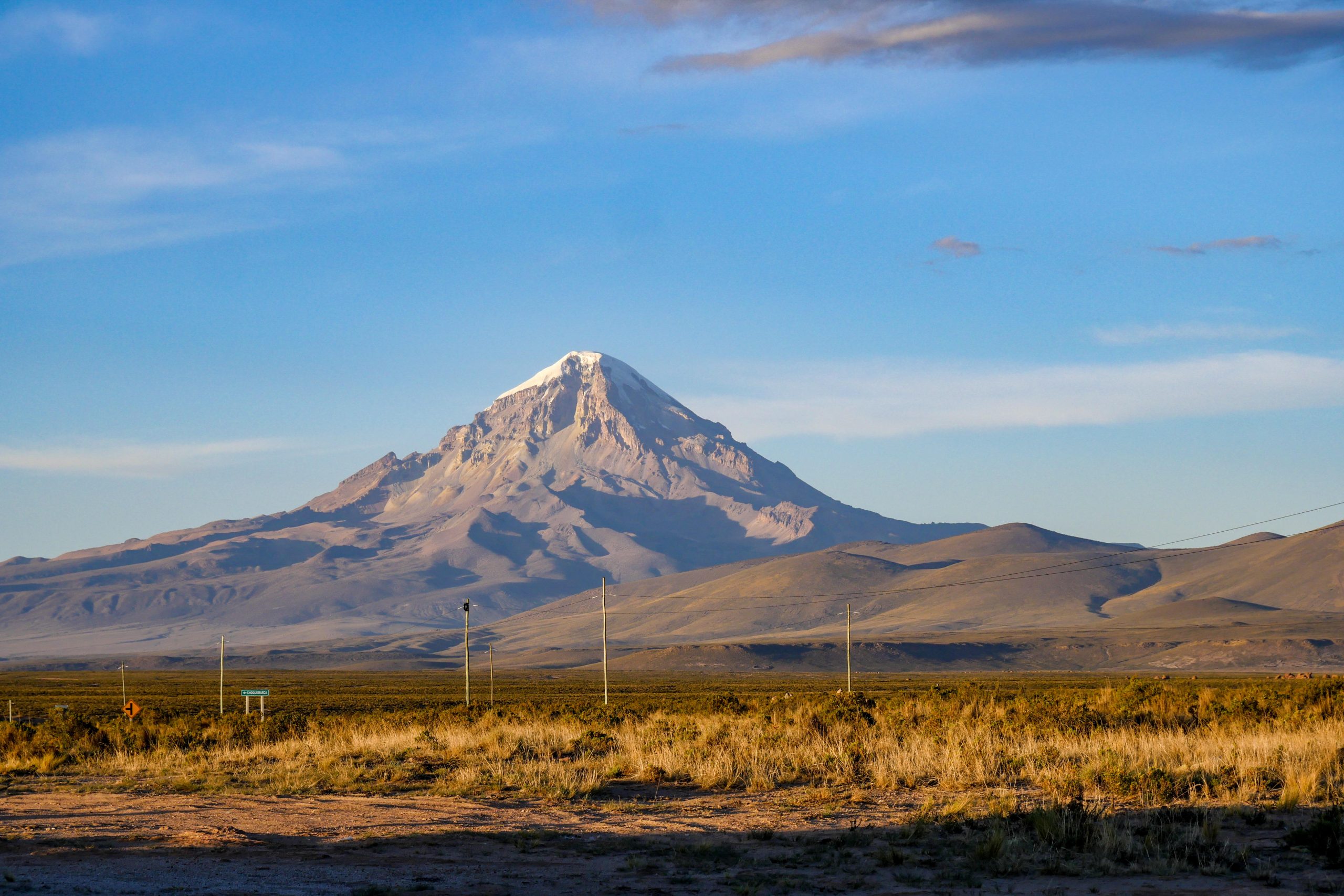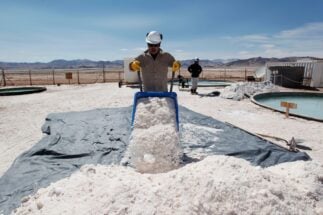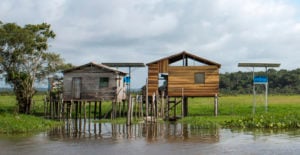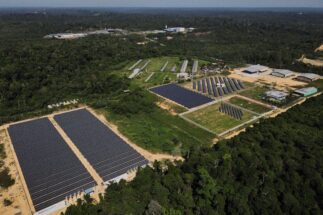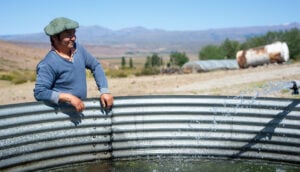Perched at 3,730 metres above sea level in the community of Ancotanga, the Oruro solar power plant is one of the flagship projects in Bolivia’s energy transition. With more than 300,000 panels deployed over an area of 214 hectares, it is the largest of its kind in the country, with a production capacity of 100 megawatts (MW) – a sizeable output, but not enough on its own to turn Bolivia’s energy mix away from fossil fuels and towards renewables.
Given Bolivia’s strong and consistent solar radiation, the country has high potential to expand its photovoltaic energy production capacity, and new plants with an additional capacity of 300 MW are already being studied. However, specialists are calling for a broader restructuring of entrenched economic and energy models, which depend largely on the exploitation of fossil fuels – primarily natural gas – as well as the distribution of the resources derived from their sale, and the subsidised supply of hydrocarbons to the domestic market.
Advantageous and encouraging
The Oruro solar plant was installed in two phases, and is divided into two plants. The first, executed under the government of former president Evo Morales, brought capacity of 50 MW. The second, seen through under Luis Arce’s current government, and completed in February 2021, increased capacity to 100 MW, which supplies the National Interconnected System (SIN), Bolivia’s national grid.
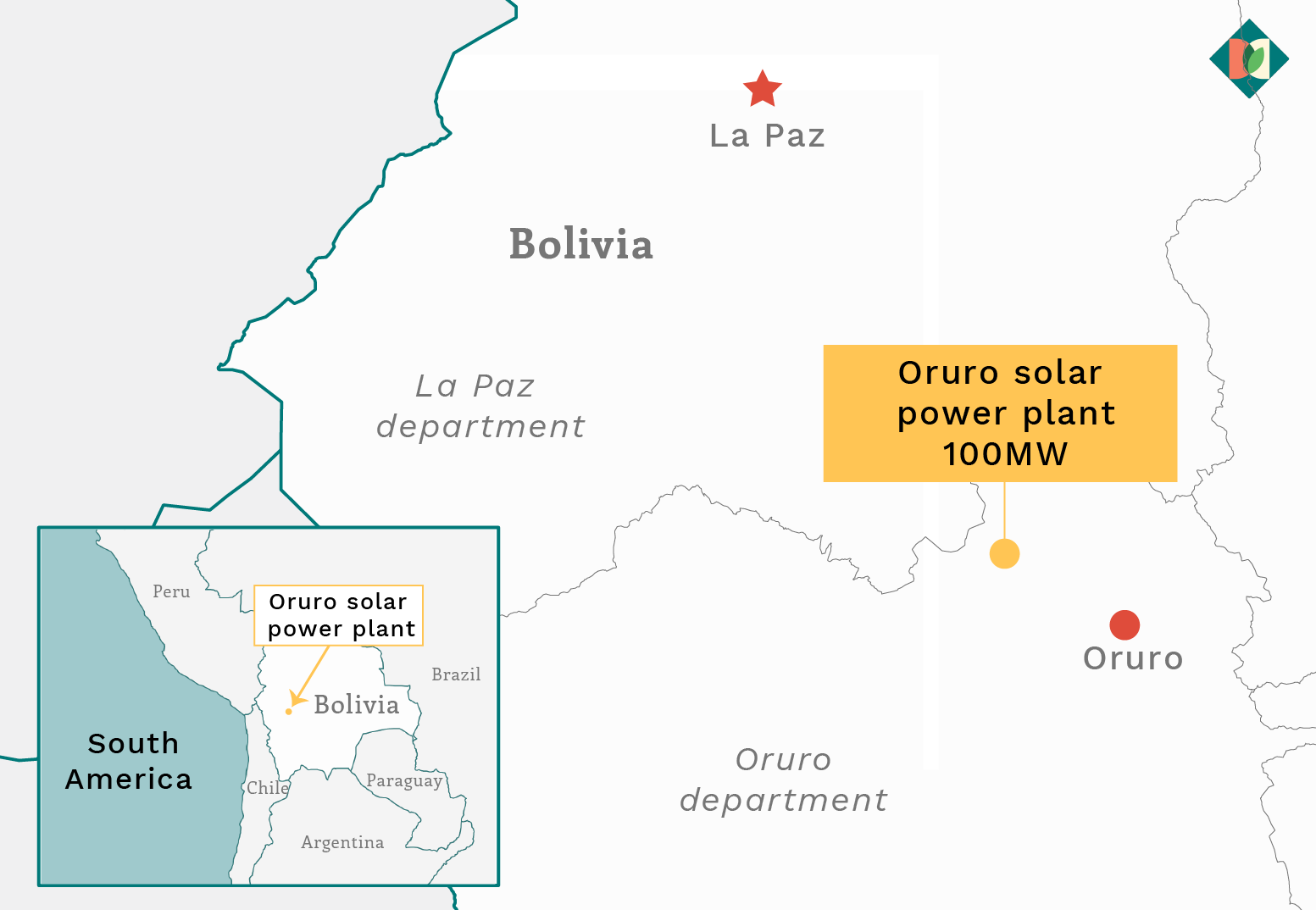
“Currently, both plants are operating satisfactorily, contributing a great deal of renewable energy,” said Rodrigo Corrales, general manager of ENDE Guaracachi, the state-owned electricity company that operates the complex.
Corrales also affirmed that the surrounding Oruro department “is its main market”, but when demand in the region is less than the capacity of the solar plant, the energy is transmitted to neighbouring departments, including La Paz and Potosí.
The plant is located on a semi-desert of the Altiplano, or Andean Plateau, some 230 km south of La Paz, and another 40 km from the department’s capital city, also named Oruro. Corrales says that this positioning gives the plant a number of advantages, such as lower temperatures than other areas of the country, which improve the performance of the photovoltaic modules as they do not overheat. In addition, as the Bolivian Altiplano is one of the regions that receives the highest levels of solar radiation on the planet, “the energy potential is much greater, and allows a greater amount of energy to be produced [using solar],” Corrales explains.
More small solar plants and storage in Bolivia
When its second phase was inaugurated in February 2021, President Arce highlighted the importance of the project for the country’s energy transition. “We are making progress in changing the energy matrix towards clean and renewable energy. We are generating economic development and guaranteeing electricity for the [Oruro] department, taking care of Pachamama [Mother Earth],” he tweeted.
Corrales claims that since it has been in service, the Oruro plant has produced approximately 237 gigawatt hours of energy, preventing more than 188,627 tonnes of CO2 from being emitted into the atmosphere, according to his calculations.
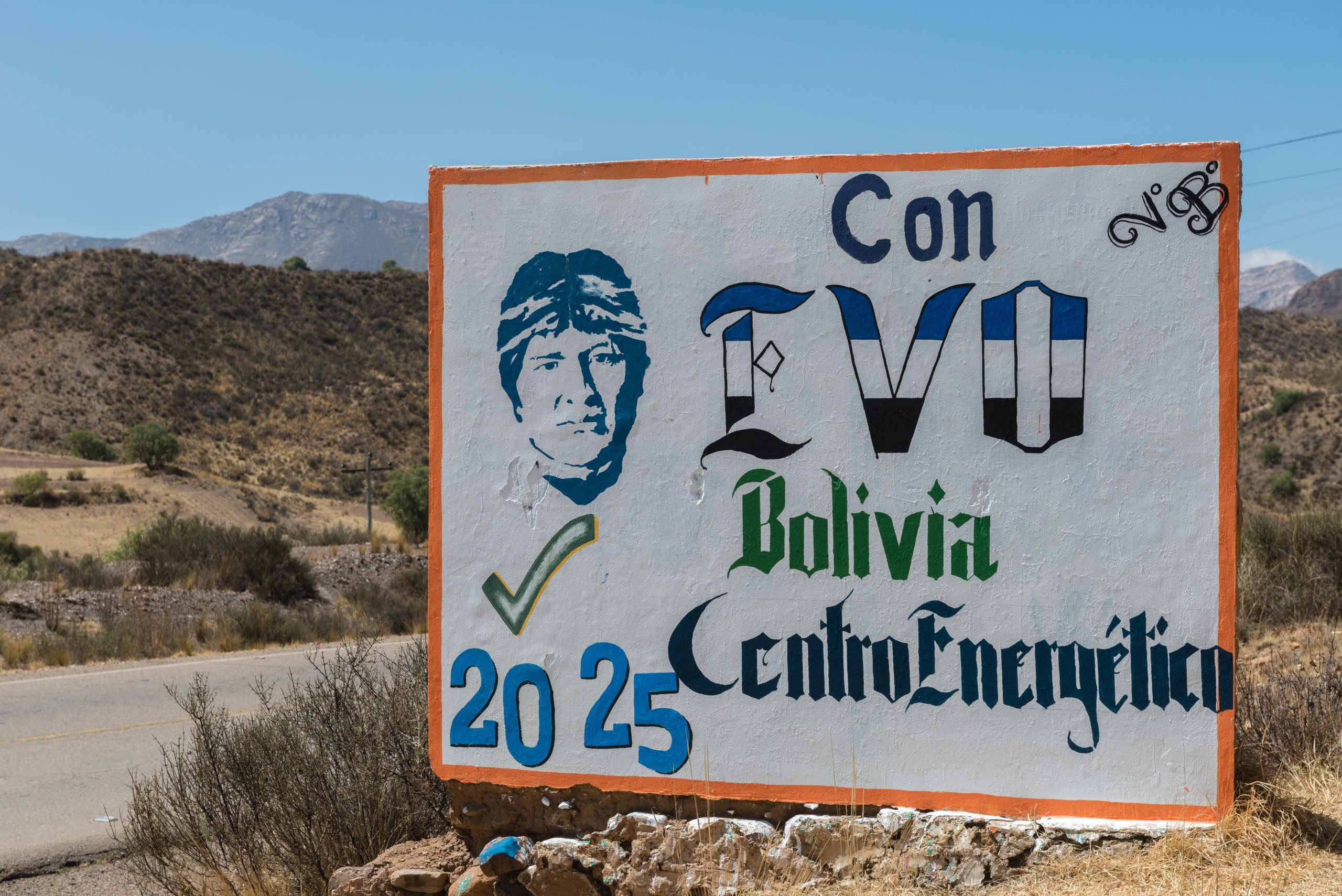
The Bolivian government intends to install new plants of this type in the Altiplano region. At the end of 2021, the Minister of Hydrocarbons and Energy, Franklin Molina, announced an intention to add 500 MW of new renewable and clean energy projects.
Corrales confirms that the possibility of installing photovoltaic plants with a combined capacity of an additional 300 MW is being studied. “We are analysing these and looking for the ideal sites,” he says.
Specialists have some recommendations for these new solar energy projects. Miguel Fernández, an energy researcher and director of Bolivian development organisation Energética, told Diálogo Chino that the installation of smaller, more distributed plants than that at Ancotanga would be more appropriate, in order to reduce the impact when clouds gather and hinder solar panels’ capacity to generate electricity.
“The clouds pass by at 70 kilometres per hour. We may not feel the shadow, but the solar panels do. The moment clouds pass, there is a dip in power. Even if it lasts 10 or 3 seconds, you have to activate 100 megawatts somewhere else to compensate,” says Fernández.
Plateau potential
Most areas of the Bolivian Altiplano highlands receive a daily average of over 8 kilowatt hours per m2 of potential solar energy – some of the highest levels in the world – according to Global Solar Atlas
“By creating smaller and separate solar plants, we minimise the potholes,” the specialist adds.
It would also be advisable to pursue better monitoring and weather forecasting systems to anticipate the energy dips that clouds can bring, says Carlos Fernández, also a specialist in alternative energies. He proposes exploring long-term battery storage for situations in which solar energy output decreases, due to cloud cover or the arrival of night.
“We could look into [hydropower] pumping stations to store potential energy in the form of water, alongside the use of photovoltaic panels,” says Carlos Fernández. For these and other alternatives, it is essential to expand and diversify the sources of financing, which he says are still limited. He proposes seeking external financiers that, currently, Bolivia is “not exploiting to the maximum”.
Major challenges for solar power in Bolivia
The satisfaction with the performance of the Oruro plant, as well as the optimism for installing similar projects, contrasts with the size of the challenge Bolivia has set itself in its commitments to move away from a reliance on hydrocarbons – a challenge that means replacing the majority of the 30.59 million barrels of oil equivalent of useful energy that fossil fuels are expected to provide in Bolivia by 2040, according to a WWF Bolivia evaluation.
For several decades, the Bolivian economy has been sustained by the income generated by the sale of natural gas to neighbouring countries, such as Brazil and Argentina. The country’s energy policy includes subsidies for natural gas, and allows the distribution of gas royalties among strategic sectors of the country, such as local governments and universities.

Experts in energy issues see the subsidy policy as an obstacle to progress in the transformation of the energy mix. In a recent interview with Reuters, Mauricio Medinaceli, an economist and former Minister of Hydrocarbons, said that “there is no possibility for renewable energies to compete with the price of subsidised gas”.
For Medinaceli, “there is an excessive use of natural gas precisely because it is cheap. In this context, asking people to use solar energy or wind energy is very difficult because these energies are more expensive than subsidised natural gas.”
Bolivia’s currently derives 93% of its energy from fossil fuels – namely gas and diesel – including electricity production in thermoelectric plants, which continues to be the most important in terms of volume, says Energética’s Miguel Fernández.
If only the electricity sector is analysed, the specialist says, “the energy generated by thermoelectric plants [that operate with fossil fuels] represents 70% of the total, while the remaining 30% corresponds to that generated by solar, hydroelectric, wind, biomass and combined cycle plants.”
The Bolivian government has set itself the goal of sourcing only 22% of electricity from fossil fuels by 2025, while 74% would come from hydroelectric plants and the remaining 4% from renewable sources.
Miguel Fernández believes it is essential to continue working to meet these goals. He proposes that Bolivia should aim for 73% of the total energy it consumes to be renewable by 2040. “With this trend towards 2040, we would reach [carbon neutrality by] 2050 without major problems,” he says.
The IPCC says we must reduce global energy sector emissions to 45% by 2030. What are we doing? Not enough.
According to his projections, by 2040, the electric power production capacity should grow to 18,000 MW. Currently, it is around 3,200 MW, a volume that is double the national demand. But, in two decades, “the installed capacity should reach 18,000 MW,” Miguel Fernández insists, even though this would require “the whole sector to grow 10 times”. This added capacity would strengthen Bolivia’s aim of becoming a regional energy centre selling vast surpluses to neighbouring countries – a vision launched by former president Morales in 2014.
Miguel Fernández understands that there are other complex challenges on the road to a successful energy transition. On the one hand, there is the technological issue; on the other, the redesign of fiscal policies, which requires a rethink of a productive economic system that no longer depends on oil income, and of ways to make up for any economic imbalances that the transition to other energies may bring.
And there is one more challenge – one that Miguel Fernández considers the greatest: to make decision-makers and wider society in Bolivia aware of the urgency of the energy transition.
“The UN’s Intergovernmental Panel on Climate Change tells us that by 2030 we have to reduce global emissions from the energy sector to 45%. What are we doing? Not enough.”
